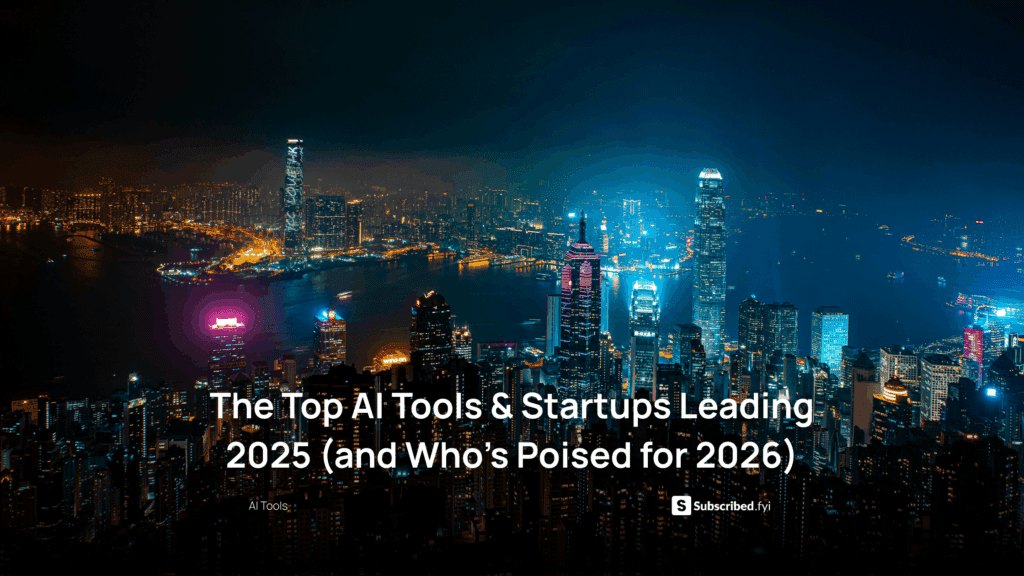Is Uber’s application considered a Software as a Service (SaaS)?
- Expense Management Software Credit Cards Investing Business Solutions


Is Uber’s Application Considered a Software as a Service (SaaS)?
Uber, the ride-hailing giant, has revolutionized the transportation industry globally. However, when pondering whether Uber’s application falls under the Software as a Service (SaaS) umbrella, we need to delve into the specific characteristics that define this software model.
Unpacking Software as a Service (SaaS)
SaaS is marked by certain key features, including subscription-based access, centralized hosting, and internet accessibility. Let’s dissect whether Uber’s application embodies these typical SaaS traits.
- Subscription-Based AccessSaaS applications usually adopt a subscription-based model. In contrast, Uber employs a pay-as-you-go system, with users paying per ride rather than subscribing to a service. This distinction challenges the traditional SaaS subscription approach.
- Centralized HostingSaaS platforms are known for centralized hosting, allowing users to access services via web browsers. In the case of Uber, the application predominantly operates on mobile devices, showcasing a decentralized model where the app resides on users’ smartphones.
- Internet AccessibilityWhile Uber relies on the internet for various functionalities, its application is not entirely dependent on constant internet connectivity. Users can request rides and view trip details without a continuous internet connection, setting it apart from conventional SaaS models.
Uber’s Unique Model
Considering these factors, Uber’s application aligns more closely with a platform-as-a-service (PaaS) model rather than SaaS. Uber functions as an intermediary, connecting riders with drivers, offering a service rather than a standalone software.
Relevant SaaS Products
To better understand the landscape of SaaS, let’s explore some products that encapsulate the essence of this software model:
- Slack: A collaboration hub for teams, enhancing communication and workflow.
- Salesforce: A customer relationship management (CRM) platform designed for businesses of all sizes.
- Zoom: A video conferencing solution simplifying virtual communication.
- HubSpot: An inbound marketing, sales, and service platform.
- Trello: A project management tool facilitating collaborative task management.
- Subscribed.FYI: Your go-to resource for understanding, comparing, and managing your SaaS stack.
Conclusion: Navigating the Software Landscape
In conclusion, while Uber’s application shares some characteristics with SaaS, its unique business model places it closer to PaaS. For a comprehensive exploration of various SaaS options, Subscribed.FYI serves as an invaluable resource. Sign up for Subscribed.FYI Deals to unlock exclusive savings on a diverse range of SaaS tools, ensuring you make informed and optimized software choices.





